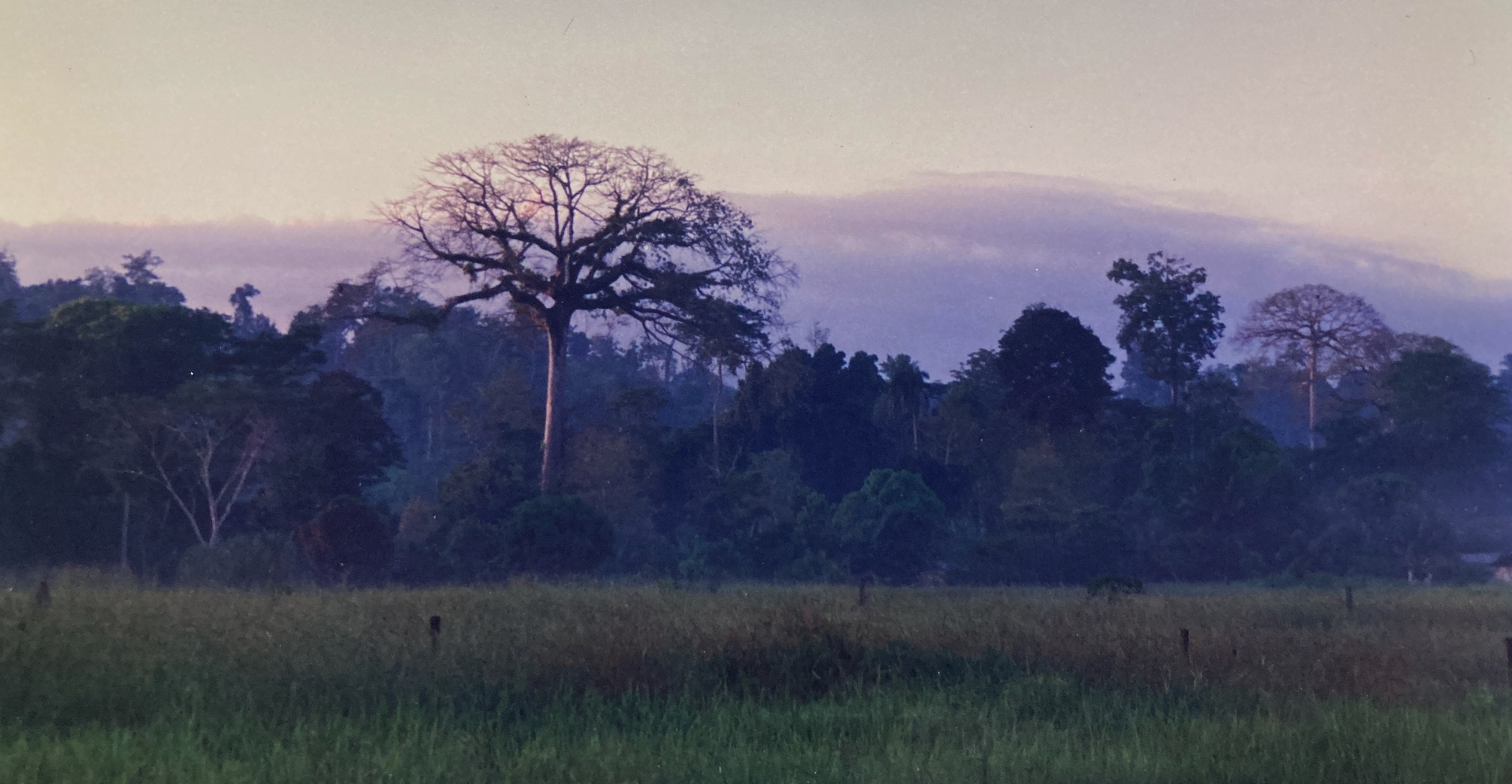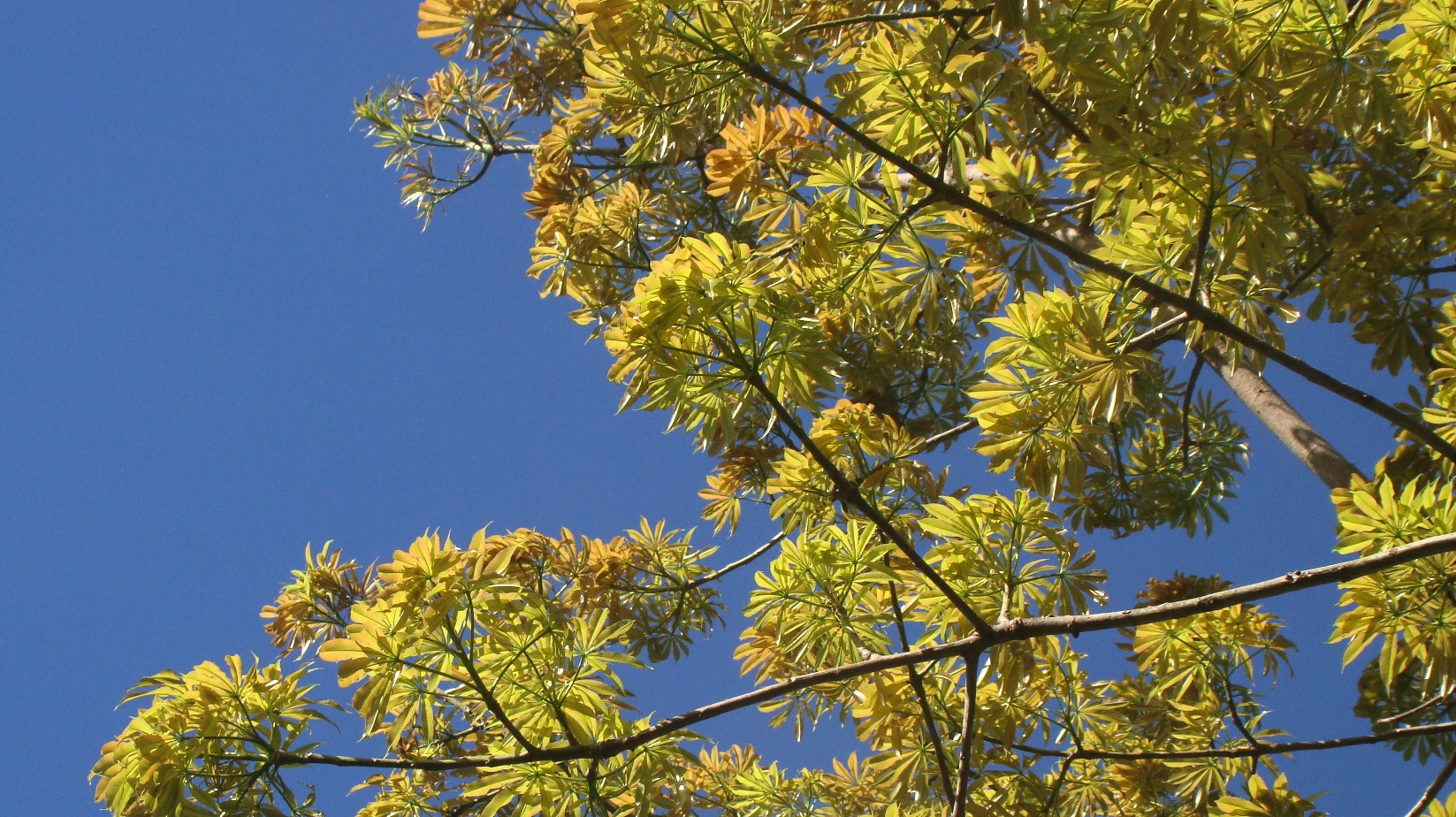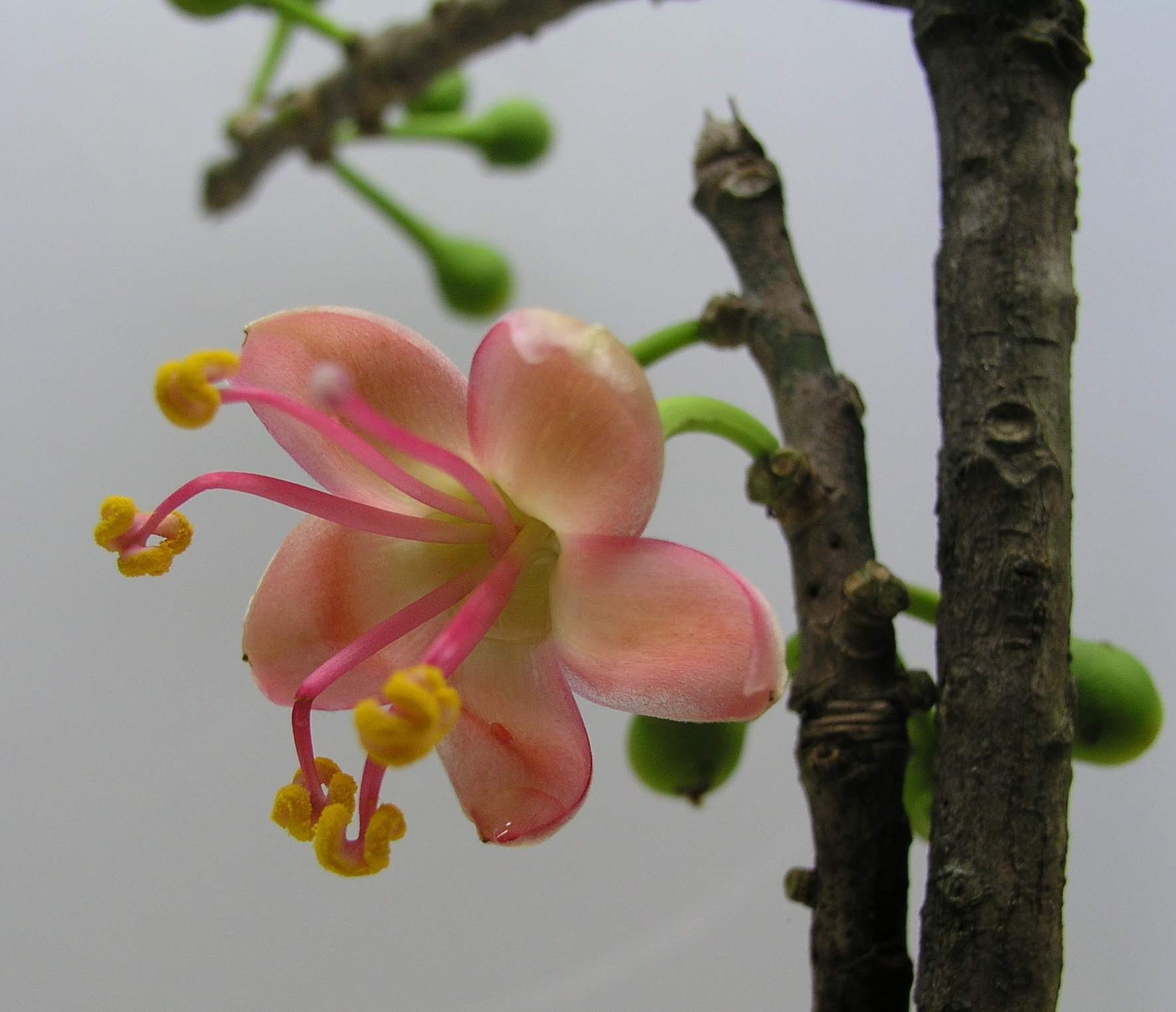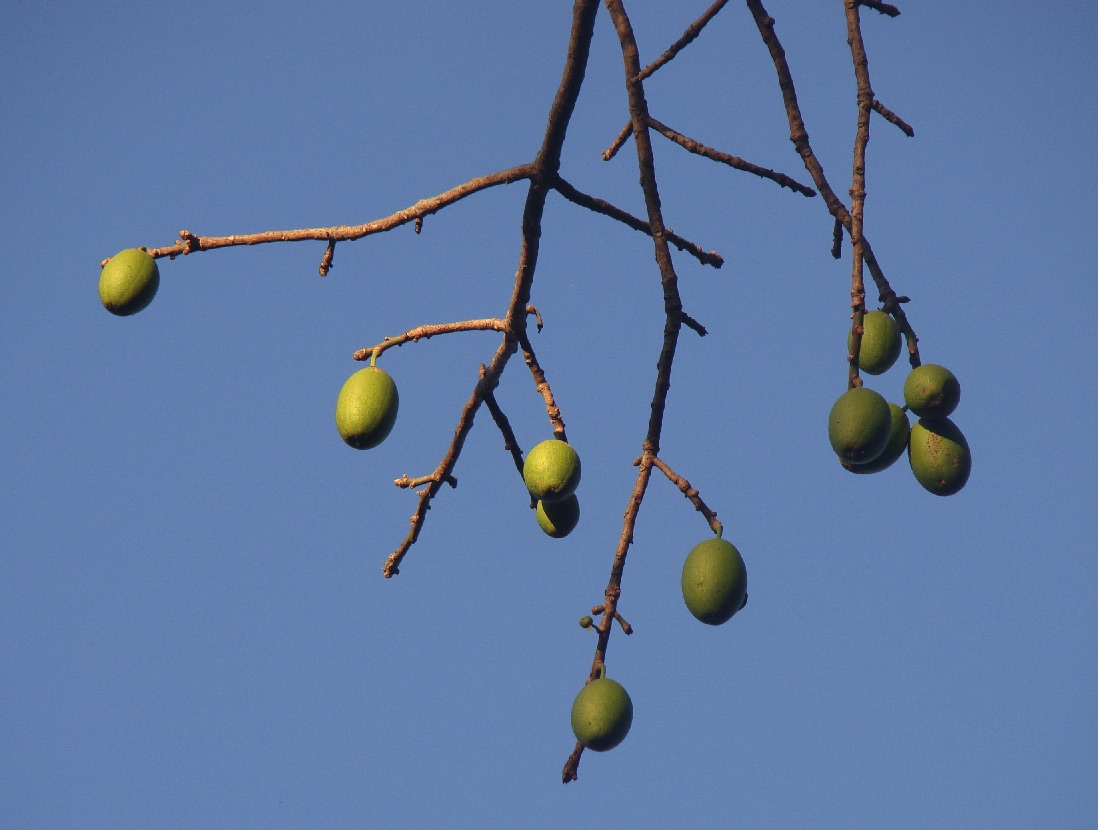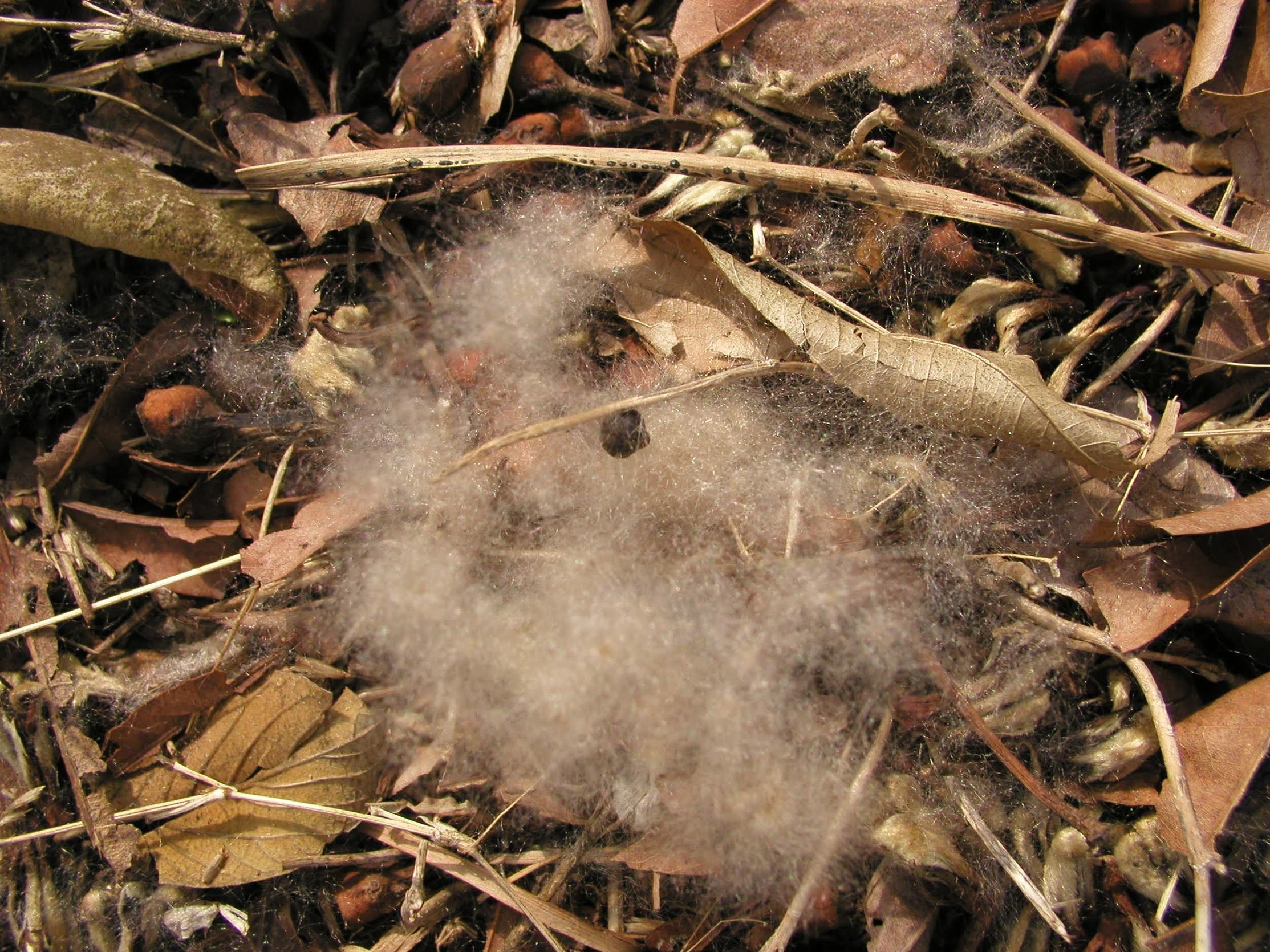Ceiba pentandra L.
Bombacaceae
Ceiba, Kapok Tree, Silk Cotton Tree
Emergent tree (25-35m or more) of staggering proportions, currently native to all the world’s tropical regions. Thanks to its superlative stature, Ceiba is an easily-recognizable tree and it is the source of the cottony fiber known as Kapok that has been used as filler for pillows and cushions.
Description: Ceiba trees have cylindrical, straight, branch-less and towering trunks, that may rise 30m or more into and above the forest. Mature trees support limbs mainly at the top of the bole, and these form an umbrella-shaped canopy. At its base, rounded buttress roots merge with the trunk and extend away from it for a meter or more. The bark is grey and smooth, with fat, stubby thorns present along thinner branches as well as on the boles of young saplings.
Palmately compound and alternate, Ceiba leaves (20 x 15cm) consist of seven narrow leaflets. Along Costa Rica’s Pacific slope, foliage is shed late in the year (often December), just before – or concurrent with – the start of the dry season. Flowering and fruiting occur while the trees are in this leafless state, and are usually generated again just as the rains resume (around April). New, expanding leaves are covered by large stipules that are shed at this time.
Flower buds appear in the Ceiba crown soon after leaf-fall (often early January), and they grow slowly until reaching a size of about 2cm. Bulb-shaped, the outer surface of the petals in the bud is covered in a conspicuous, pale pubescence. Opening at dusk, the pink blossoms (3cm across) sport five cup-shaped petals and five, prominent, yellow-tipped anthers. Closing soon after daybreak, the spent flowers fall from the tree during the daylight hours. Individual trees continue to flower for about two weeks, usually around mid to late January.
Fruits then develop from the cup-shaped calyxes, expanding into large, green, elliptical dehiscent pods (15cm x 8cm). Exposed to the intense, dry season sunshine, the pods desiccate and split open, releasing many rounded, dark-brown seeds (0.6cm) each enveloped in a tan-colored cotton cocoon. Seeds are often carried great distances thanks to these cottony parachutes. This process generally occurs during March, shortly before the rains resume. Once in the soil is moistened, seeds germinate readily and are visible on the ground in June.
Similar Species: Few other Pacific slope forest species can rival a mature Ceiba tree’s stature. In addition, its palmate leaves are relatively unique and identifying. While Barrigón (Pseudobombax septenatum) shares a similar, fat, rounded bole as the Ceiba, in addition to palmate leaves, the trunks of the latter species are conspicuously striped with green and grey and its leaves are larger, with much wider leaflets (see description).
Natural History: Ceiba flowers, opening at night, are pollinated by bats. I have seen many of these creatures appear, seemingly out of nowhere, within minutes of the flower’s appearance just after dusk. During the day, Baltimore Orioles have been observed gleaning nectar from the still closed flower buds. The cotton fibers that surround Ceiba seeds act as buoyant parachutes that serve as an effective wind-dispersal agent.
Uses: When forest is cleared for use as pasture, large Ceibas are often left in place, perhaps due to their shade, notoriety, and awe-inspiring size. These towering trees with their iconic, characteristic profile thus dot the landscape and act as monuments to the diverse tropical forest ecosystem that once was.
This species was once prized for the water resistant cottony fiber (Kapok) that is found inside its seed pods. More recently, Kapok has been largely replaced by synthetic materials for its use as a filler for mattresses, pillows, and other items.
The large boles of these trees were once used by indigenous Americans in the fabrication of dug-out canoes. A single, one-piece boat was created by hollowing out a massive Ceiba trunk. (Keegan, 2023). Similar canoes were fashioned from great Espavel (Anacardium excelsum) trees along the southern Nicoya Peninsula in Costa Rica during the early 20th century. These boats were used to transport agricultural goods from Paquera to market in Puntarenas. (Napoleon Prendas Orellana, personal communication, 1999).
Distribution: In Costa Rica, Ceiba trees are found in all but the driest and highest of habitats. The tree is originally native to tropical America, where it ranges from Mexico to Brazil, but it has been dispersed (naturally or with Human aid) to all of the world’s tropics, giving it a pantropical distribution. (MBG).
Images: Tree Trunk Trunk2 Leaf Leaf2 Leaf3 Flower Flower2 Fruit Fruit2 Fruit3 Seed

